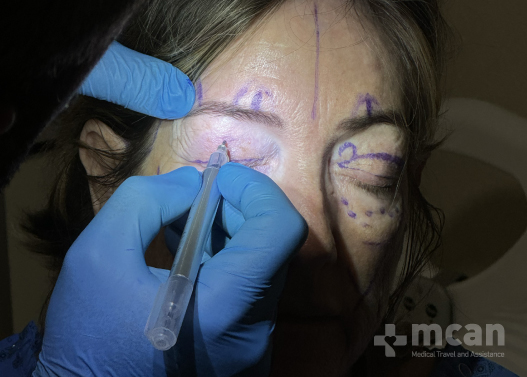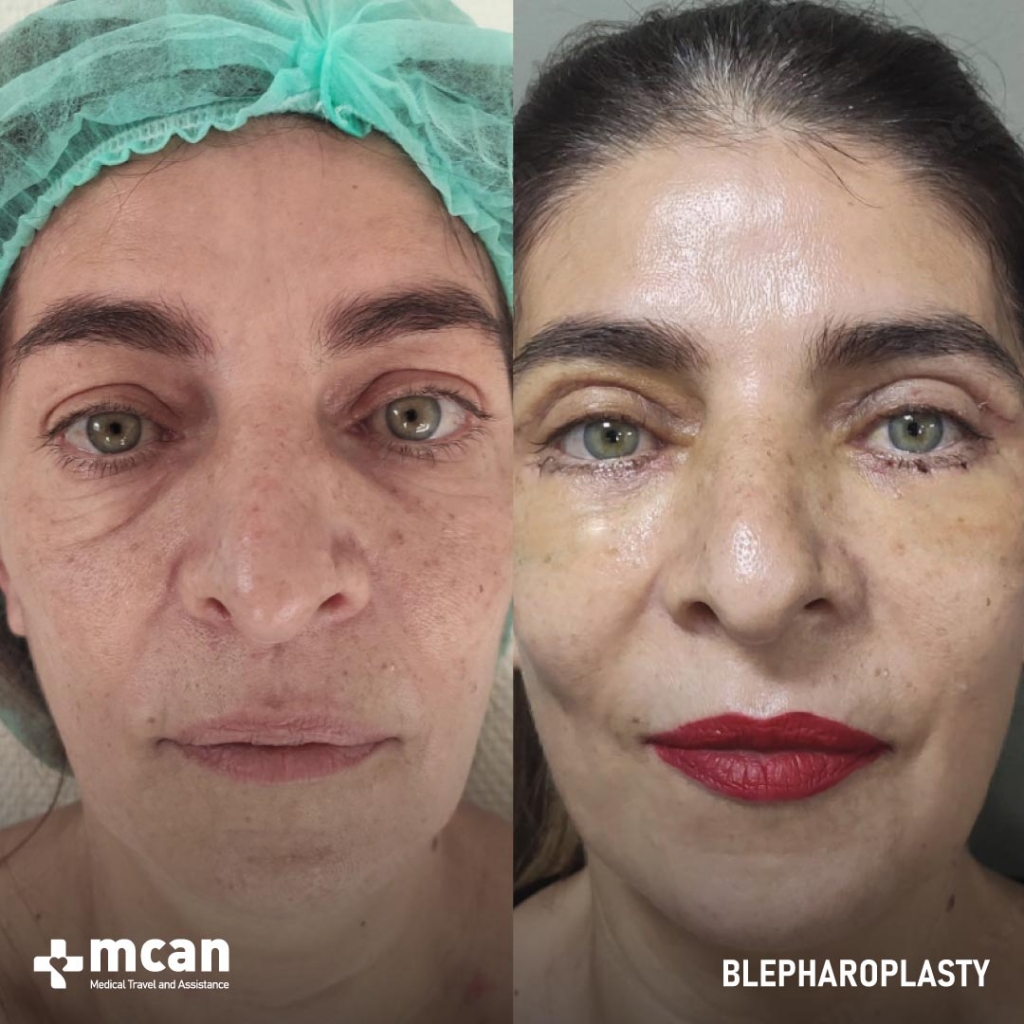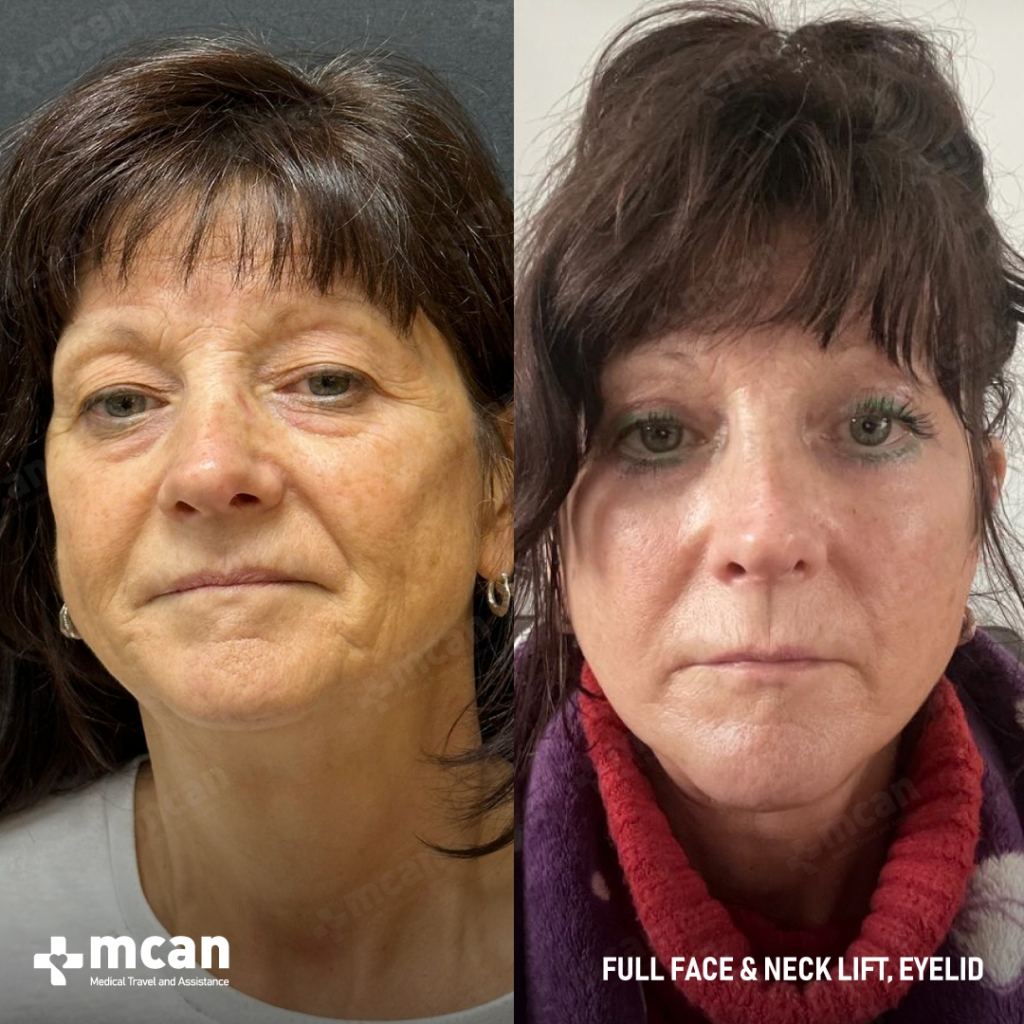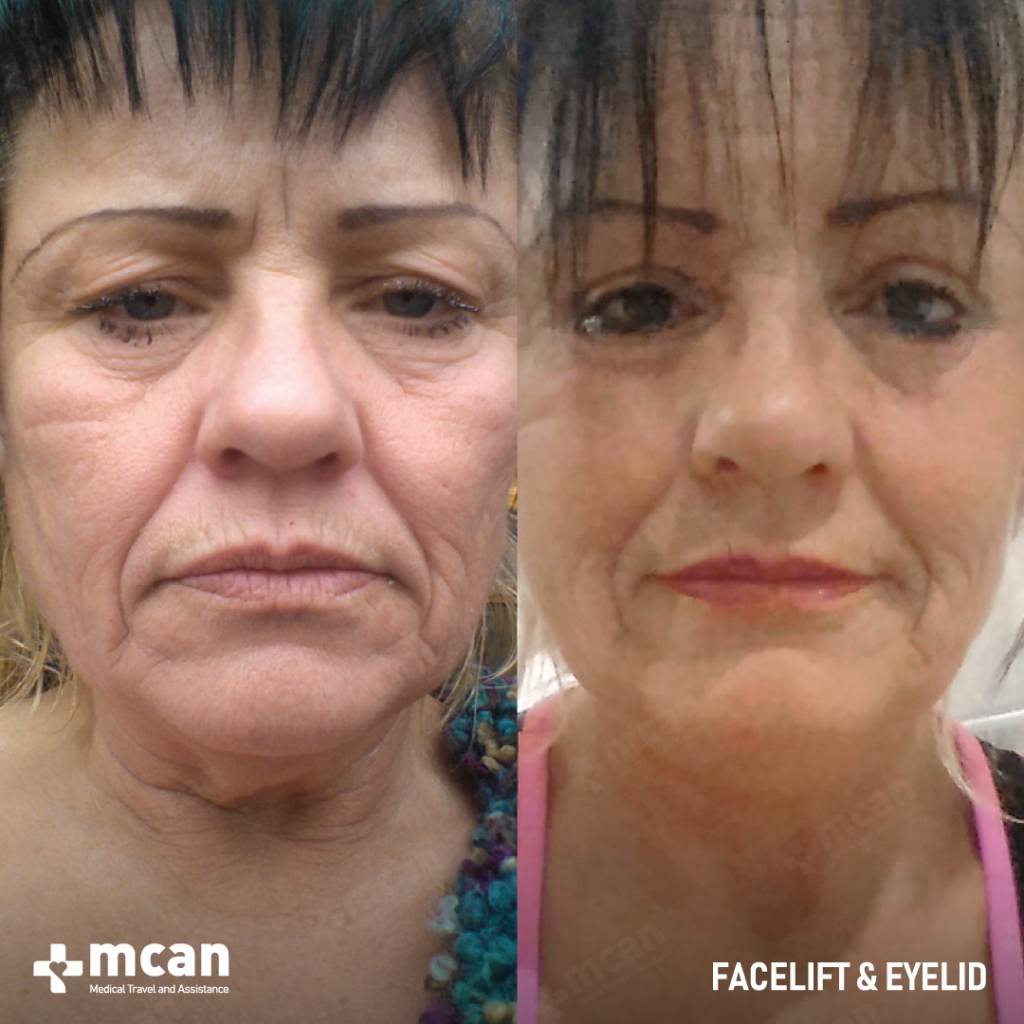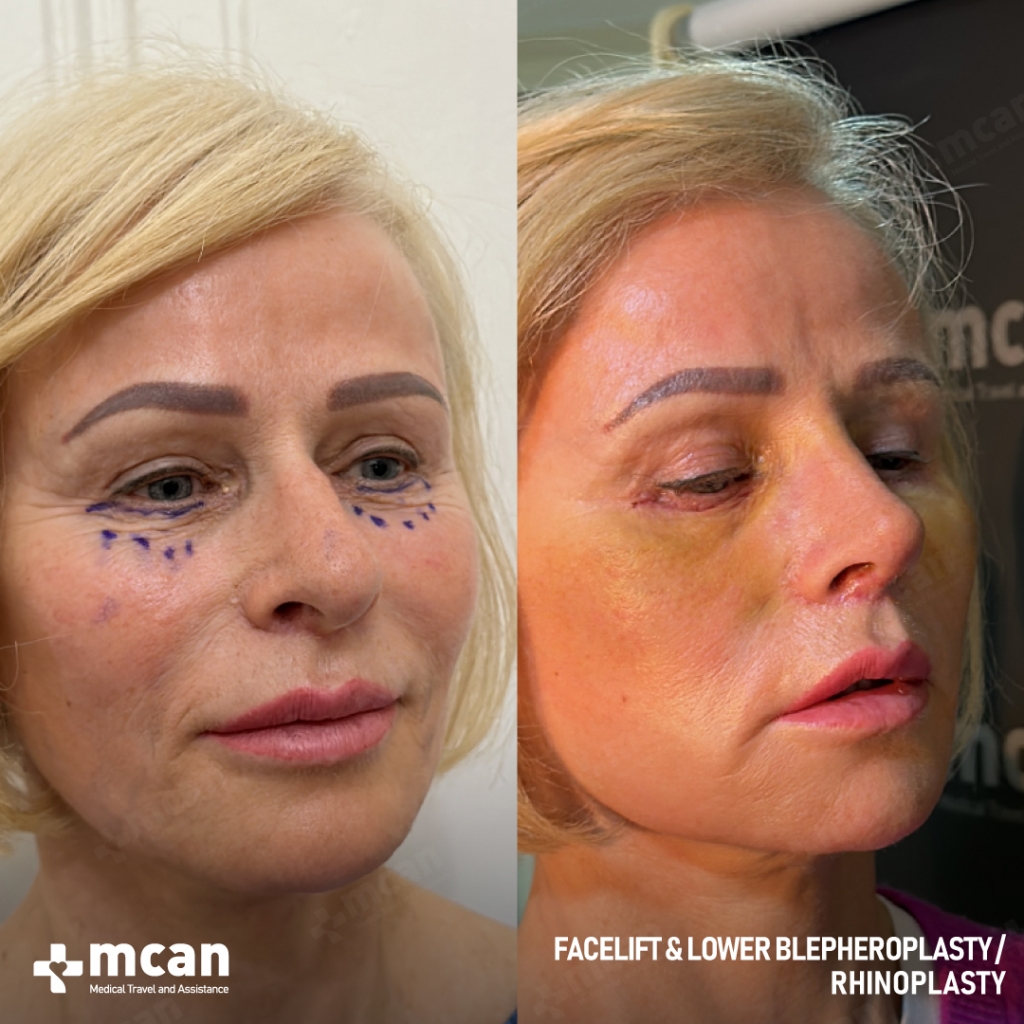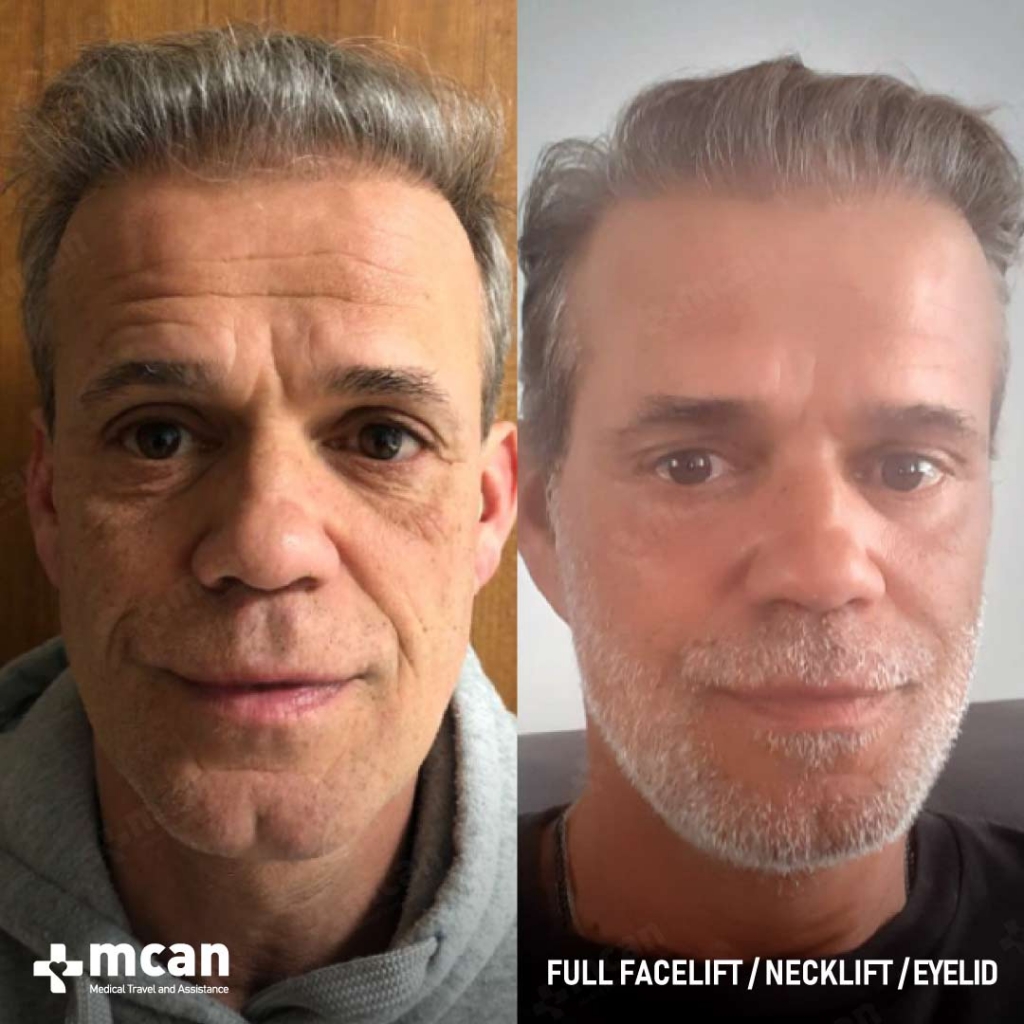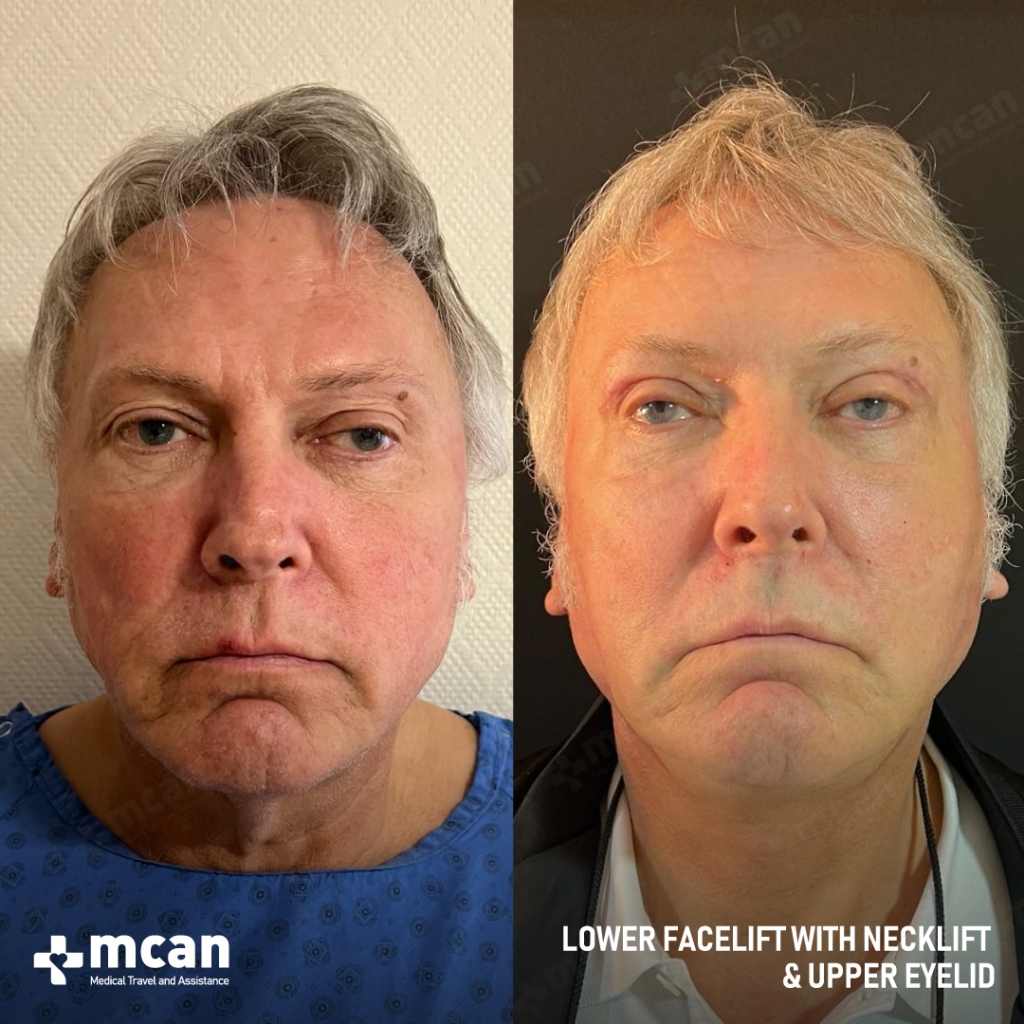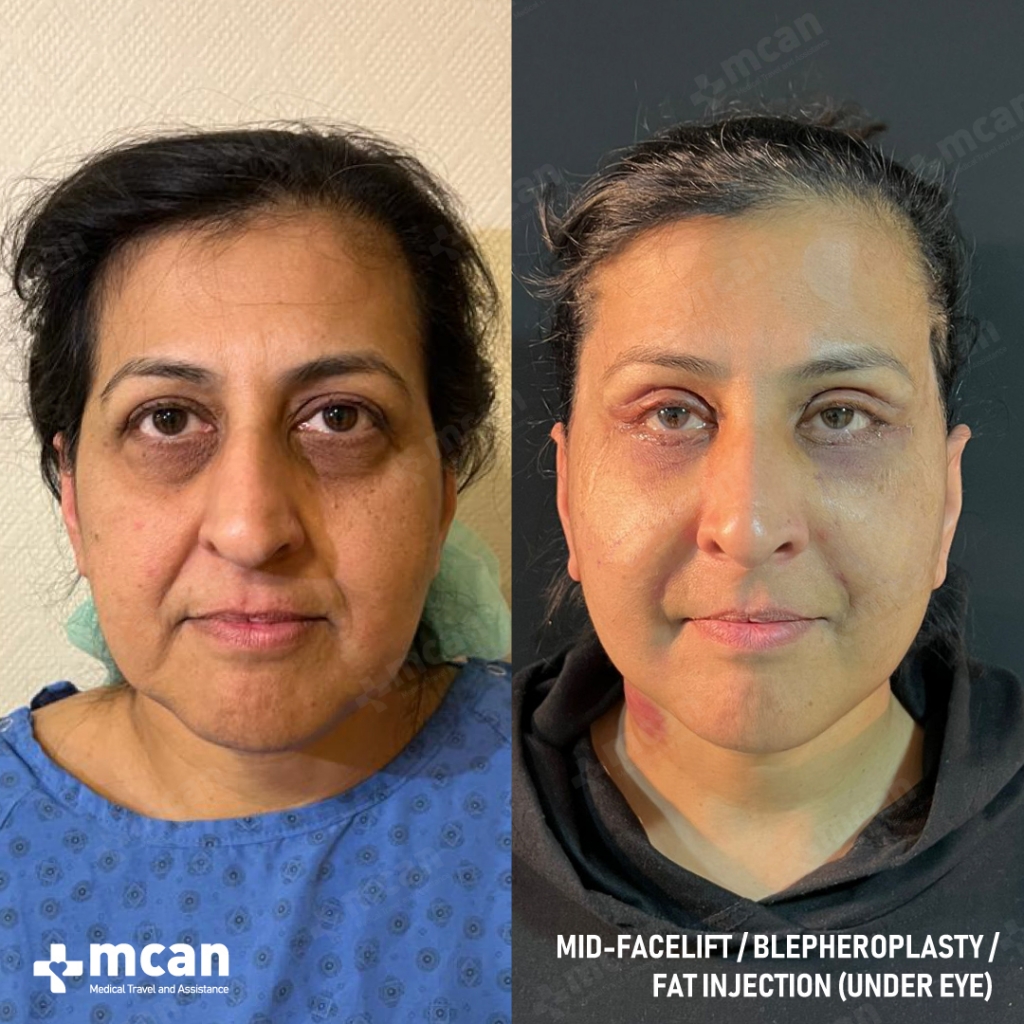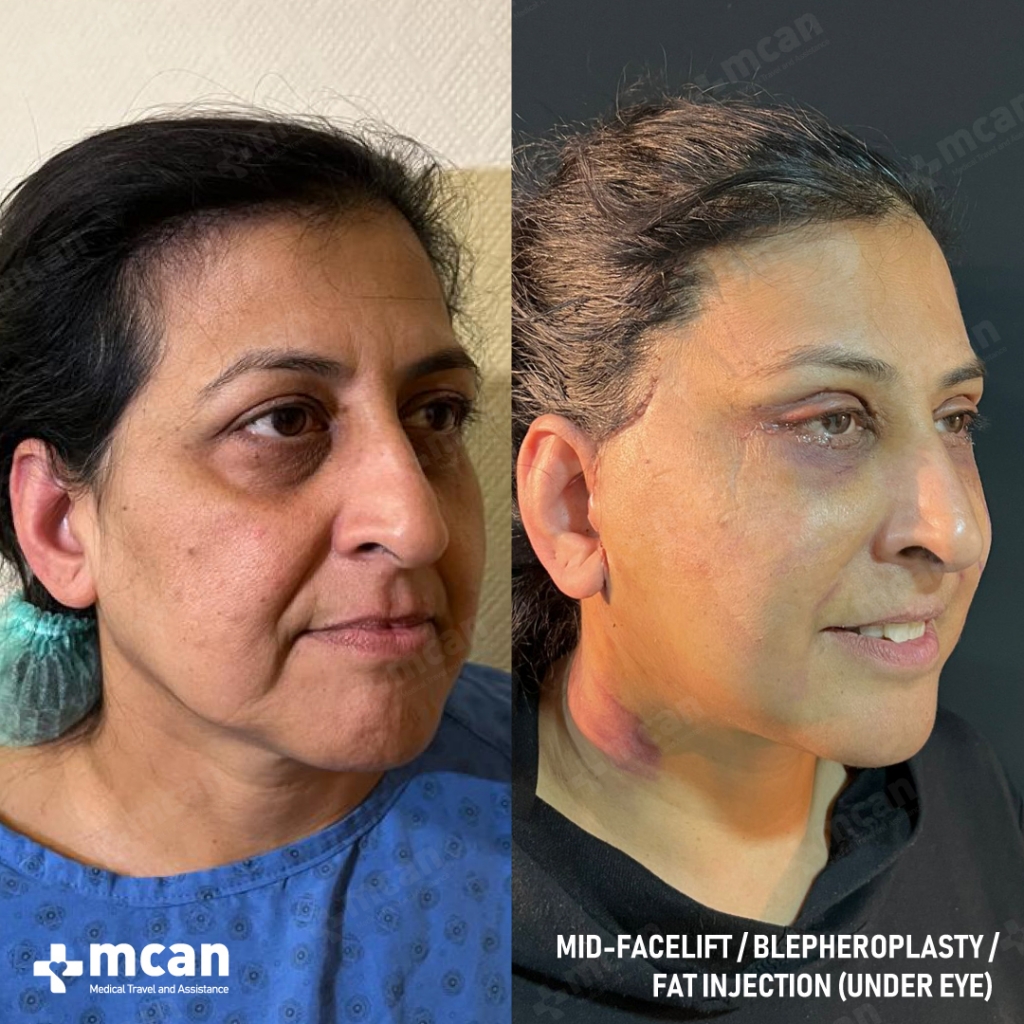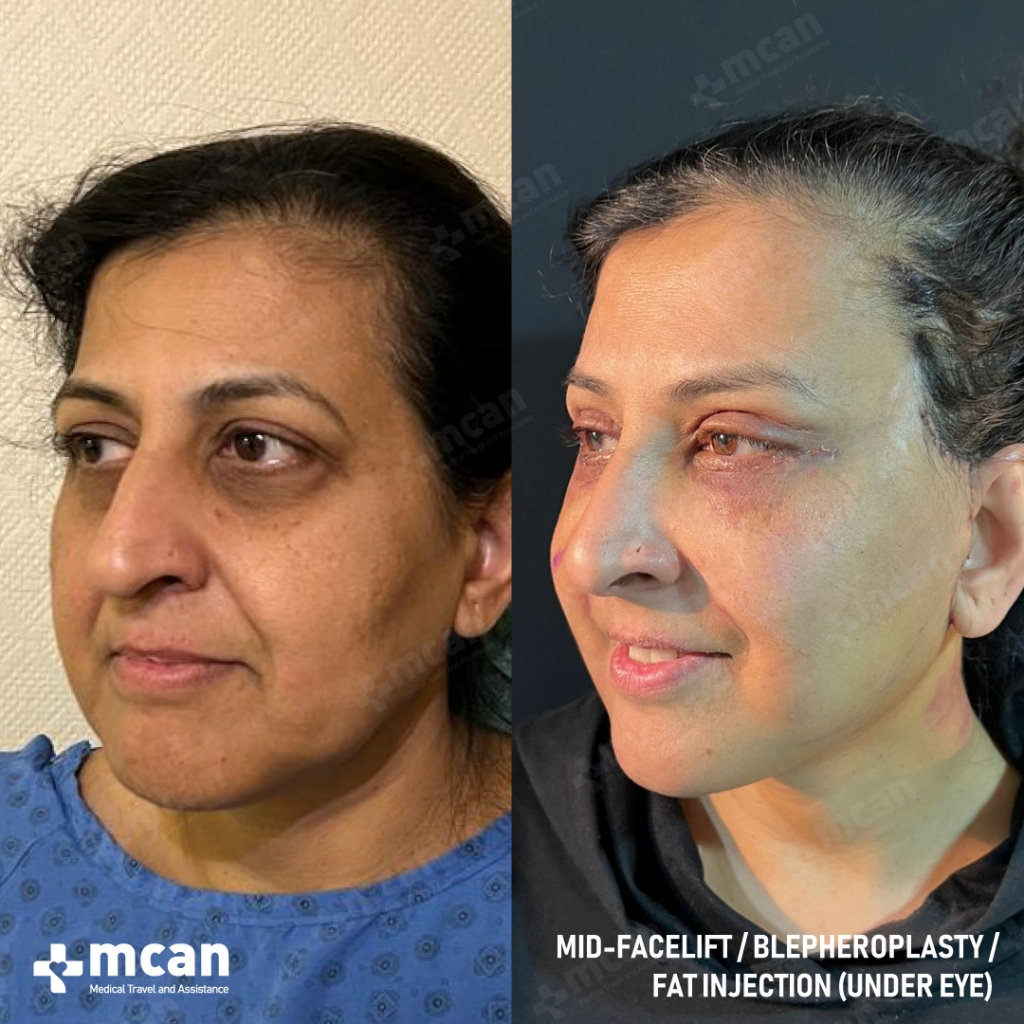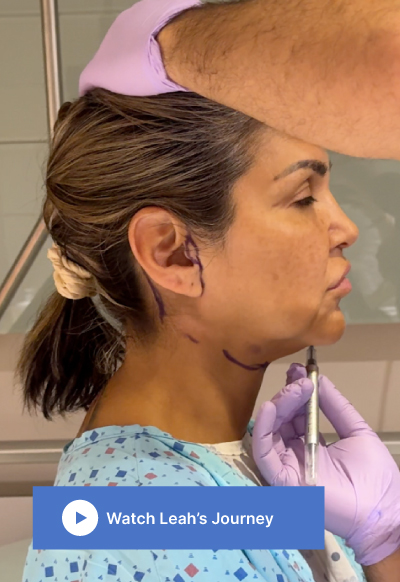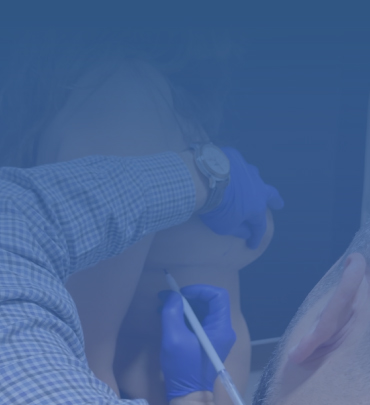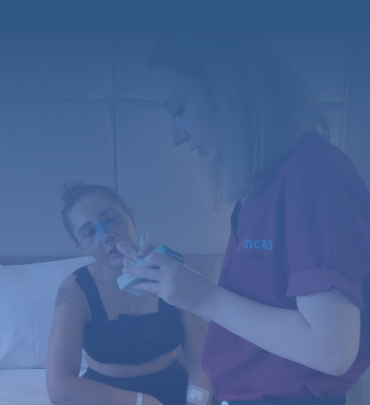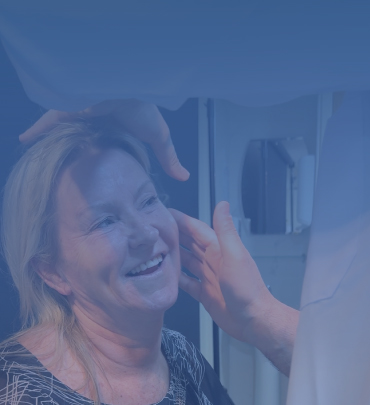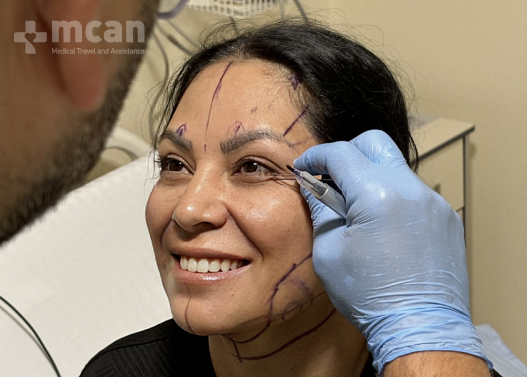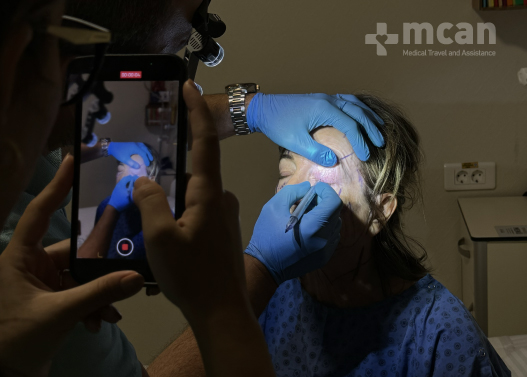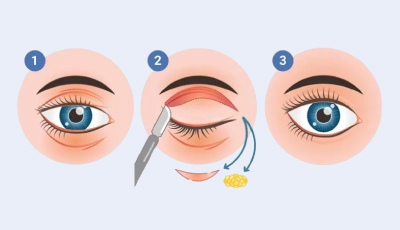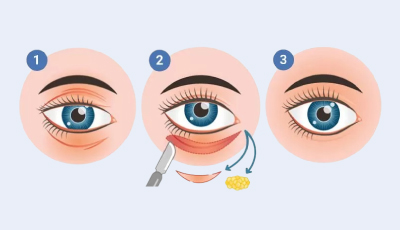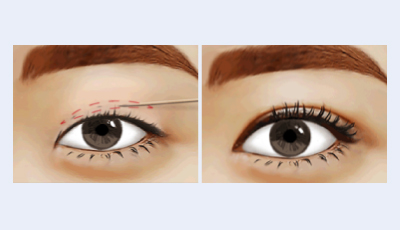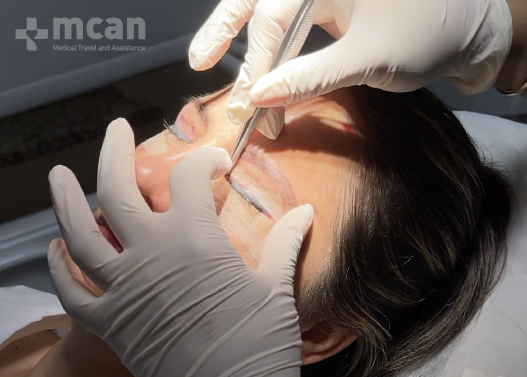Anesthesia
The procedure begins with the administration of local anesthesia with sedation for upper body procedures and general anesthesia for lower body procedures, depending on the complexity of the surgery and patient preference. This ensures you remain comfortable throughout the operation.
Incision Placement
Your surgeon makes precise incisions based on the type of blepharoplasty being performed:
– For upper eyelid surgery, incisions are placed along the natural crease of the upper lid.
– For lower eyelid surgery, incisions are made just below the lower lash line or inside the eyelid (transconjunctival technique) to minimize visible scarring.
Removal or Repositioning of Tissue
Excess skin, fat, or muscle is removed or repositioned to correct drooping or puffiness. For lower eyelid surgery, fat may be redistributed to reduce under-eye hollows and create a smoother contour.
Skin and Tissue Tightening
After the excess tissue is removed, the remaining skin and muscles are carefully tightened to enhance the natural contours of the eye area. This step restores a more youthful and alert appearance.
Closing the Incisions
The incisions are closed with fine sutures or surgical adhesive, ensuring precision to minimize visible scarring. In some cases, dissolvable stitches may be used for added convenience.
Application of Dressings
Protective ointments and cooling pads are applied to the treated area to promote healing and reduce swelling. While compression garments aren’t needed, gentle care instructions are provided to safeguard the delicate eye region during recovery.
